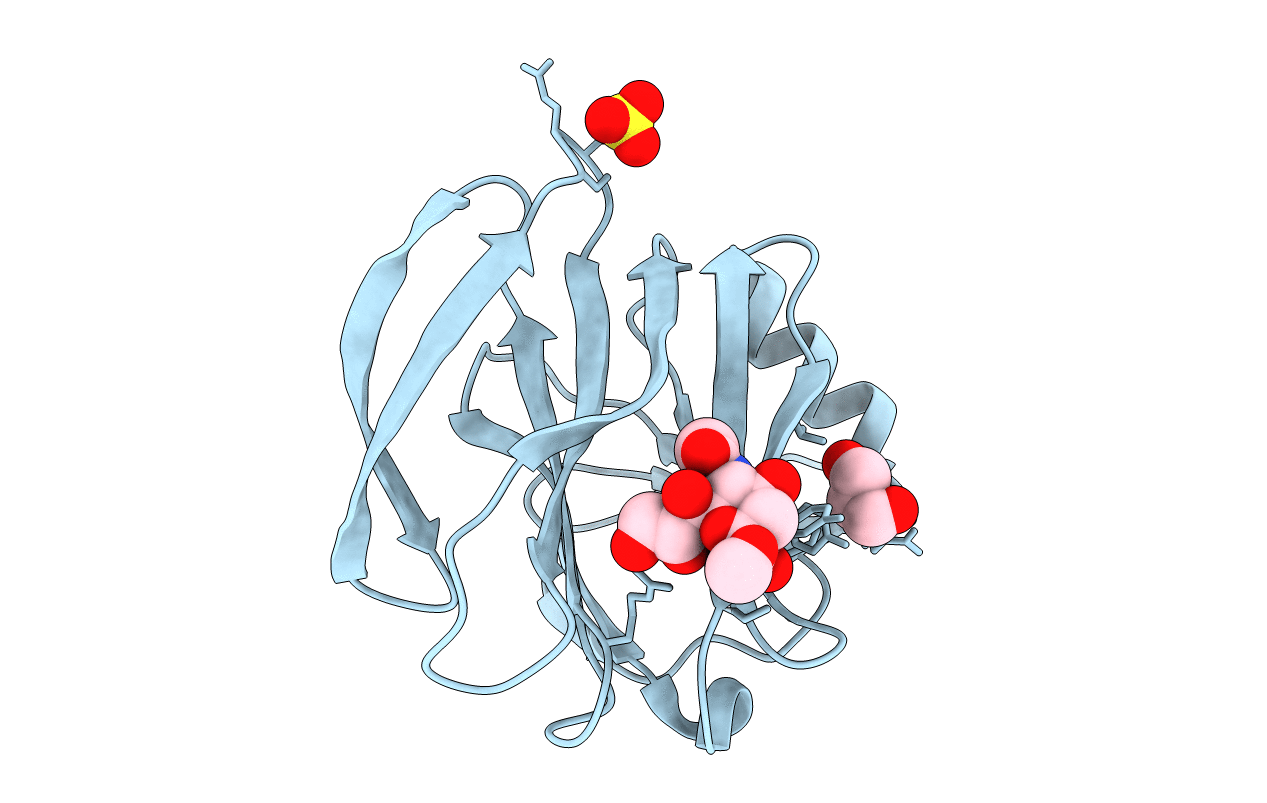
Deposition Date
2007-03-09
Release Date
2008-03-11
Last Version Date
2024-03-13
Method Details:
Experimental Method:
Resolution:
1.56 Å
R-Value Free:
0.20
R-Value Work:
0.17
R-Value Observed:
0.17
Space Group:
P 41 21 2


